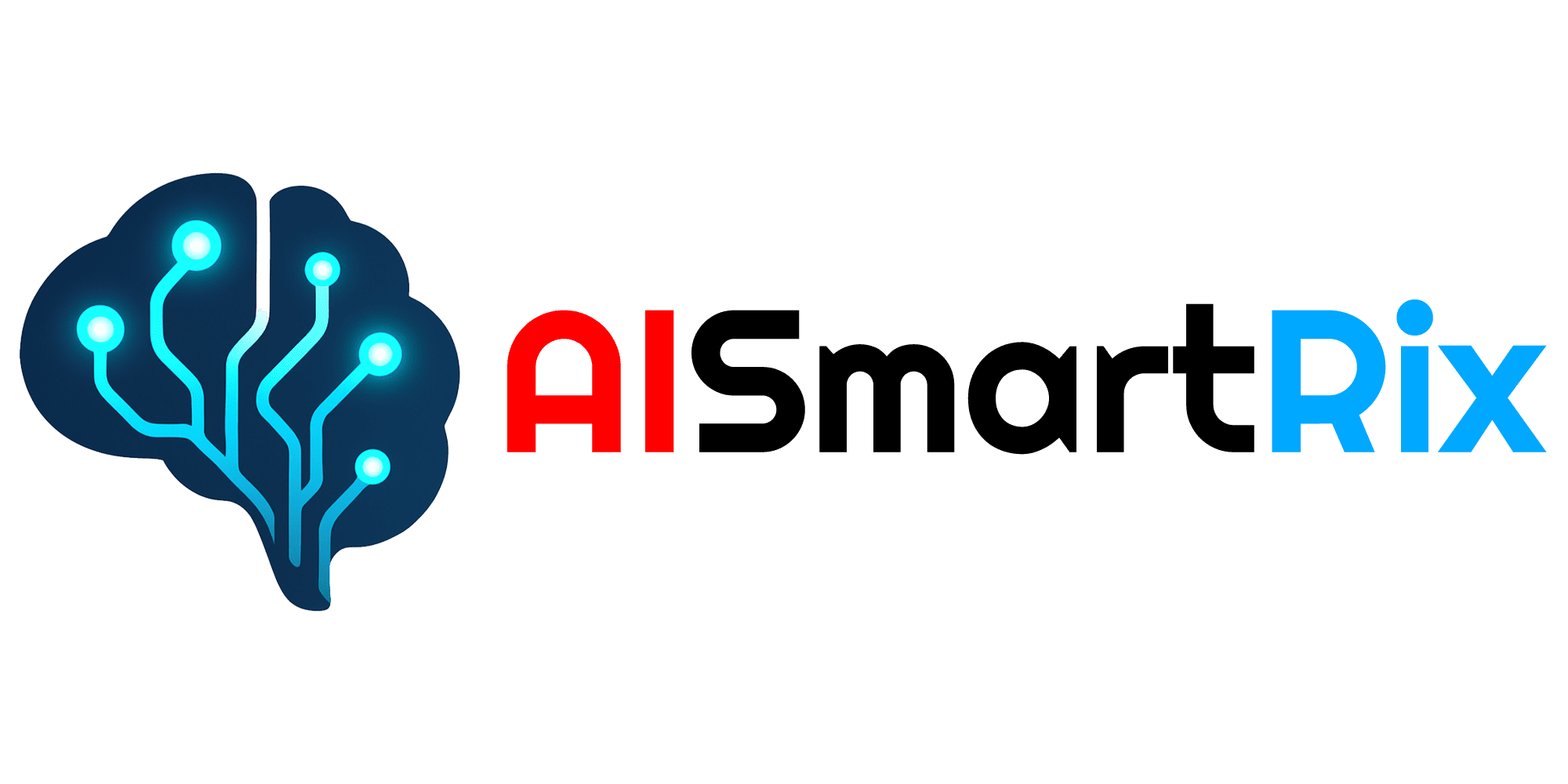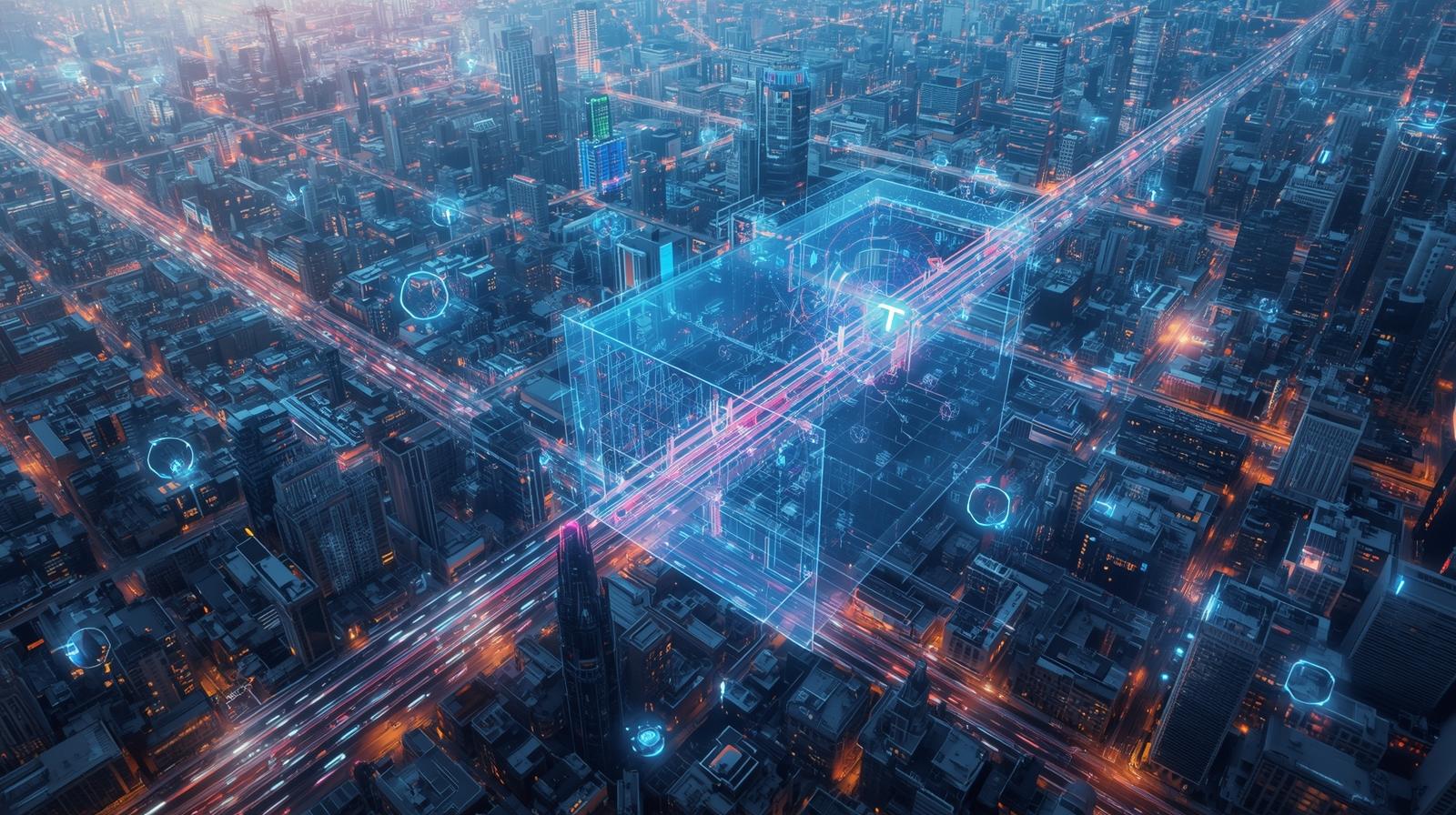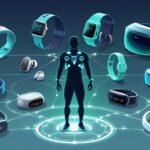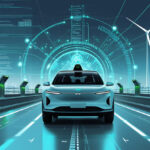Digital Twin Cities: AI’s Blueprint for Safer, Greener Urban Life
As urban populations surge and cities face unprecedented challenges—from traffic congestion to climate change—the concept of Digital Twin Cities has emerged as a transformative solution. Powered by AI and real-time data analytics, these virtual replicas of urban environments allow planners, governments, and businesses to simulate, monitor, and optimize city operations for safety, efficiency, and sustainability.
In this article, we explore how digital twin cities work, their applications, benefits, challenges, and the future of AI-driven urban life.
1. What Are Digital Twin Cities?
A digital twin city is a virtual model of a physical city, built using sensor data, IoT networks, geographic information systems (GIS), and AI algorithms. These twins replicate the behavior, infrastructure, and dynamics of real urban environments, allowing city managers to predict outcomes and make informed decisions without risking real-world consequences.
Key features include:
- Real-Time Monitoring: Continuous data from traffic sensors, air quality monitors, and energy grids.
- Simulation & Forecasting: AI models simulate scenarios such as traffic jams, energy demand, or natural disasters.
- Integrated Urban Systems: Connects transport, utilities, public services, and environmental data.
- Sustainability Insights: Tracks carbon emissions, energy usage, and resource allocation.
By creating a virtual mirror of the city, policymakers can proactively address urban challenges rather than reacting to crises.
2. How AI Powers Digital Twin Cities
AI is the engine driving insights and intelligence in digital twin cities:
- Data Collection & Processing: AI analyzes vast datasets from IoT devices, CCTV cameras, drones, and social media feeds.
- Predictive Modeling: Machine learning algorithms forecast traffic patterns, energy demand, and pollution levels.
- Scenario Simulation: Urban planners can simulate emergency evacuations, new infrastructure projects, or smart mobility strategies.
- Decision Support: AI provides actionable recommendations to optimize city operations and enhance quality of life.
- Continuous Learning: As real-world conditions change, the AI model updates itself for ever-improving accuracy and efficiency.
The combination of digital twins and AI allows cities to become proactive, responsive, and sustainable.
3. Applications of Digital Twin Cities
Digital twin cities have wide-ranging applications across sectors:
- Traffic Management: AI predicts congestion, optimizes signal timings, and reduces commute times.
- Energy Optimization: Monitors consumption, forecasts demand, and integrates renewable sources efficiently.
- Disaster Response: Simulates natural hazards like floods or earthquakes, improving emergency planning and response.
- Public Safety: Enhances surveillance, crime prediction, and resource allocation for law enforcement.
- Environmental Monitoring: Tracks air quality, water usage, and carbon emissions to drive greener policies.
- Urban Planning: Evaluates infrastructure projects, urban expansions, and citizen-centric designs.
By leveraging digital twins, cities can save lives, reduce environmental impact, and enhance livability.
4. Benefits of Digital Twin Cities
The advantages of implementing digital twin cities are profound:
- Safer Urban Environments: Predicts accidents, disasters, and crime hotspots.
- Sustainability: Optimizes energy, water, and waste systems, reducing carbon footprints.
- Efficient Infrastructure: Enhances public transport, road networks, and utilities management.
- Cost Savings: Prevents costly mistakes in urban planning and emergency response.
- Citizen Engagement: Virtual platforms allow residents to participate in city planning and decision-making.
These benefits demonstrate that AI-driven urban digital twins are essential for future-ready cities.
5. Challenges and Considerations
Despite the promise, implementing digital twin cities comes with challenges:
- Data Integration: Consolidating data from diverse sources into a unified model is complex.
- Cybersecurity Risks: Digital twins are vulnerable to hacking or manipulation.
- High Costs: Initial infrastructure, sensors, and AI integration require substantial investment.
- Privacy Concerns: Monitoring public spaces raises ethical and privacy considerations.
- Technical Expertise: Requires skilled professionals in AI, urban planning, and IoT networks.
Addressing these challenges is crucial to ensure that digital twin cities remain safe, secure, and equitable.
6. The Future of AI-Driven Urban Life
The future of digital twin cities is intertwined with AI advancements:
- Smart, Self-Optimizing Cities: AI will enable autonomous energy grids, traffic systems, and public services.
- Citizen-Centric Design: Residents can interact with virtual models to suggest improvements or report issues.
- Global Collaboration: Cities worldwide can share best practices using digital twin insights.
- Sustainability Leadership: Digital twins will help cities meet carbon neutrality goals and adapt to climate change.
- Predictive Governance: AI-driven insights will enable proactive policymaking, rather than reactive decision-making.
By combining real-time data, AI, and simulation, urban areas can become safer, cleaner, and more resilient than ever before.
Conclusion
Digital twin cities are more than just futuristic visions—they are practical, AI-powered solutions to the pressing challenges of modern urban life. From traffic optimization to environmental monitoring and disaster preparedness, these intelligent virtual replicas empower cities to make data-driven decisions for a safer, greener, and more efficient future.
So the question for city planners and residents alike is: How will your city embrace digital twin technology to create a smarter, more sustainable urban life?





